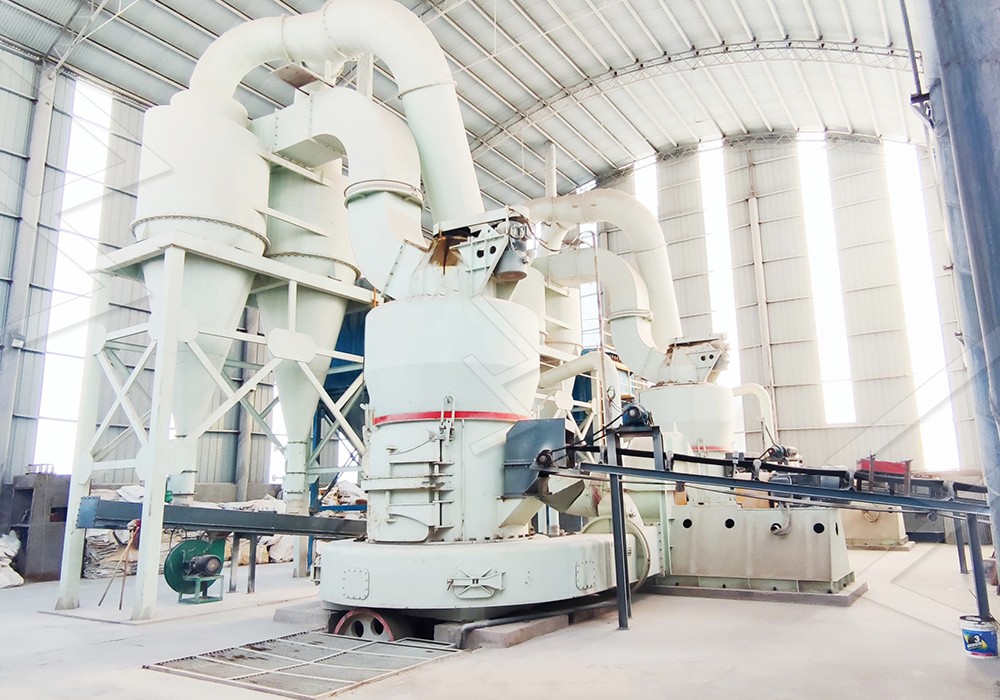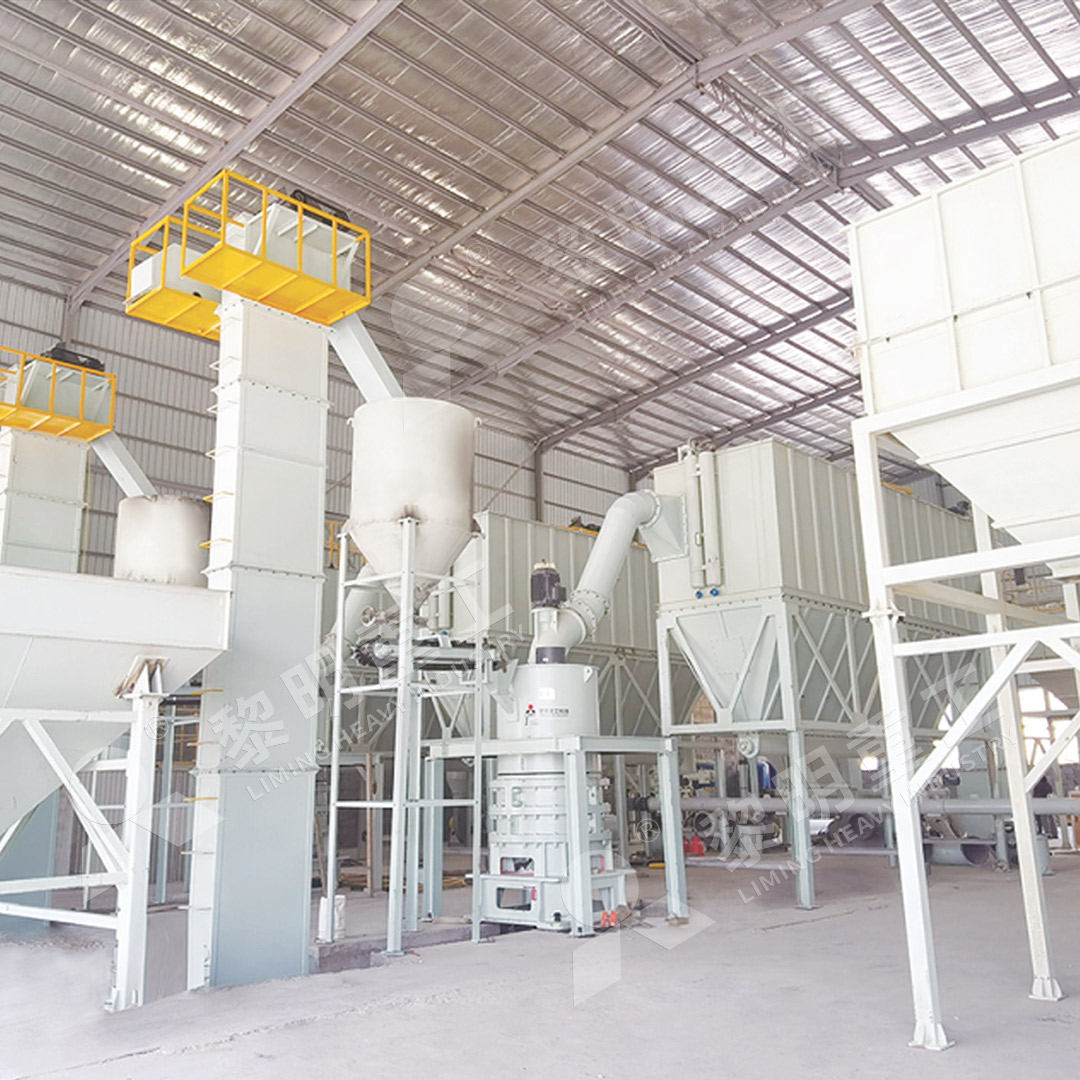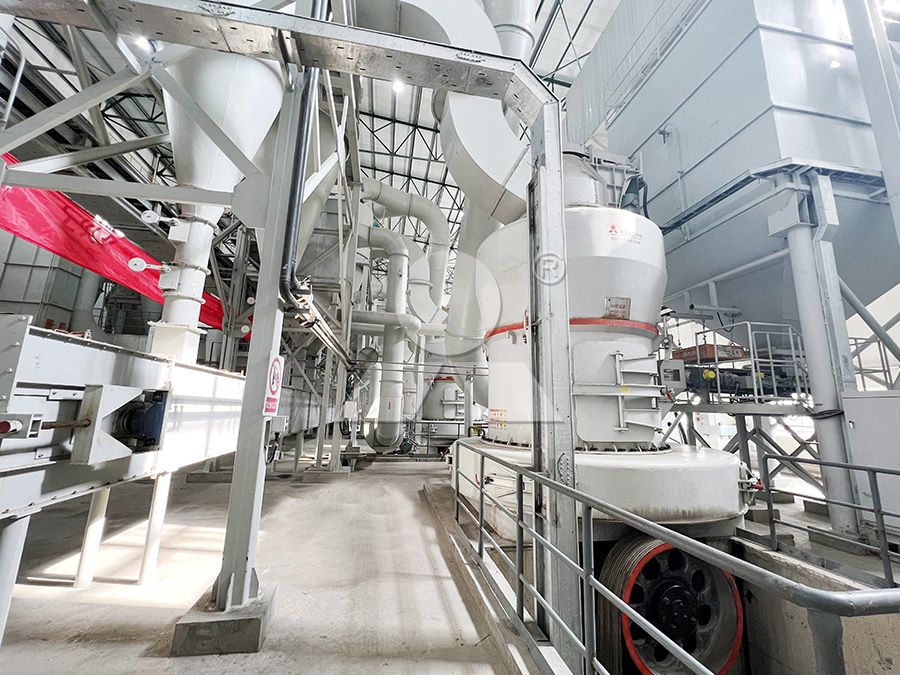Sintered Stone Raymond Roller Mill Grinding Machine: Optimizing Powder Production
Mastering Sintered Stone Grinding with Advanced Mill Technology
In the world of industrial mineral processing, sintered stone presents unique challenges for grinding operations. This engineered material, known for its exceptional durability and consistent composition, requires specialized milling equipment to achieve the precise particle size distribution demanded by various industries. For decades, Raymond roller mill technology has stood as the benchmark for efficient powder production, and recent advancements have elevated these systems to new levels of performance.

The fundamental principle behind Raymond roller mill operation involves the grinding of materials between rotating rollers and a stationary grinding ring. This mechanical action, combined with air classification, enables precise control over final product fineness. For sintered stone applications, this technology proves particularly valuable due to the material’s uniform structure and consistent hardness characteristics.
Critical Considerations for Sintered Stone Processing
When selecting grinding equipment for sintered stone, several factors demand careful consideration. The material’s Mohs hardness typically ranges between 6-8, requiring robust grinding components capable of withstanding prolonged abrasion. Additionally, the desired fineness for most sintered stone applications falls between 200-800 mesh, necessitating precise classification systems.
Modern Raymond mill designs address these requirements through several key innovations. Advanced grinding roller and ring geometries optimize the grinding angle and pressure distribution, significantly improving efficiency while reducing wear. Meanwhile, sophisticated powder separation technology ensures consistent product quality with minimal energy consumption.

Advanced Solutions for Modern Grinding Challenges
For operations requiring ultra-fine sintered stone powders, our MW Ultrafine Grinding Mill represents a technological leap forward. This system processes materials with input sizes up to 20mm and delivers throughput capacities ranging from 0.5 to 25 tons per hour. The MW series incorporates German cage-type powder selector technology, enabling precise fineness adjustment between 325-2500 meshes with screening rates achieving d97≤5μm in a single pass.
What truly sets the MW Ultrafine Grinding Mill apart is its innovative chamber design, which eliminates rolling bearings and screws from the grinding zone. This revolutionary approach prevents bearing damage and eliminates machine failures caused by loose fasteners. The external lubrication system allows continuous 24-hour operation without shutdowns for maintenance, while the integrated pulse dust collector ensures environmentally compliant operation.
For operations prioritizing vertical space utilization and energy efficiency, our LUM Ultrafine Vertical Grinding Mill offers exceptional performance. With its unique roller shell and lining plate grinding curve, the LUM mill generates stable material layers for consistent product quality. The multi-head powder separating technology, controlled by a PLC system, reduces energy consumption by 30-50% compared to conventional mills while maintaining precise particle size control.
Optimizing Your Grinding Operation
Successful sintered stone processing extends beyond equipment selection. Proper system configuration, including feed rate optimization and air volume adjustment, plays a crucial role in maximizing efficiency and product quality. Regular maintenance of grinding components ensures consistent performance and extends equipment service life.

Modern grinding systems incorporate digital monitoring and control capabilities that enable real-time adjustment of key operating parameters. These advanced features allow operators to respond quickly to changing material characteristics and maintain optimal grinding conditions throughout production cycles.
Frequently Asked Questions
What makes sintered stone particularly challenging to grind?
Sintered stone’s engineered composition creates consistent hardness throughout the material, requiring grinding equipment with sufficient power and durable components to maintain production efficiency.
How does the MW Ultrafine Grinding Mill achieve such fine particle sizes?
The MW mill combines advanced grinding geometry with German cage-type powder selector technology, enabling precise classification of ultra-fine particles while maintaining high throughput rates.
What maintenance advantages does the bearing-free grinding chamber design offer?
By eliminating rolling bearings and screws from the grinding zone, the MW mill prevents common failure points and enables external lubrication without production interruptions.
Can these grinding systems handle variations in sintered stone composition?
Yes, both the MW and LUM mills incorporate adjustable operating parameters that allow operators to optimize performance for different material characteristics and production requirements.
What environmental considerations are addressed in modern grinding systems?
Contemporary designs include integrated pulse dust collectors, noise reduction features, and closed-system operation to minimize environmental impact while ensuring workplace safety.
